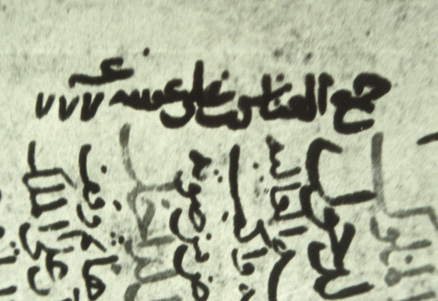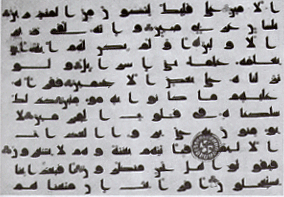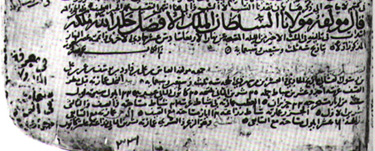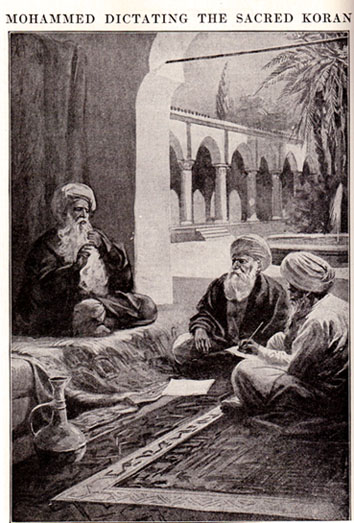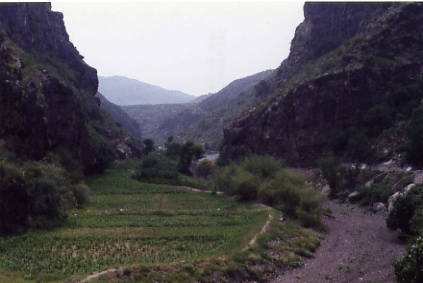
below Manakha towards the Tihama
By Daniel Martin Varisco
[In 2003 I attended a conference in Rome and gave a paper which was eventually published in Convegno Storia e Cultura dello Yemen in età Islamica, con particolare riferimento al periodo Rasûlide (Roma 30-31 ottobre 2003 (Accademia Nazionale dei Lincei, Fondazione Leone Caetani, 27, pp. 161-174, 2006). As this publication is virtually inaccessible, I am reprinting the paper here (with page numbers to the original indicted in brackets). For the previous part of this article, click here. The references are provided at the end of the first entry.]
PLANTING ADVICE: OF FAVA BEANS AND DATE PALMS
The bulk of al-Ashraf’s text provides details on how to plant and where to plant, as well as when to plant. While some of the information is clearly theoretical, as in the case of planting olive trees, much of it no doubt reflects farmer practices at the time in the coastal region and southern highlands, [p. 168] where al-Ashraf spent most of his time. To give an indication of the range of the advice, I will focus on two specific and important crops: the fava bean and the date palm.
Al-Ashraf follows the classical designation of bÄqillÄ’, which is often shortened to gilla in Yemeni dialects. It would, if you pardon the pun, be foolish of me to lecture this audience on the significance of fava beans (most known today as fÅ«l) in the diet. I will read a translation of the entire passage in the text, followed by comments from my own ethnographic observations. (16)
“Fava beans are planted in cool places of the mountain areas. They are not suitable for the coastal plain [nor the wadis in the cold mountain areas] nor very wild places. The best agricultural fields are in the excellent eastern land on which a lot of dew does not fall, (17) as well as in the good soil (18) which is fertilized by dung. It is ploughed for with an excellent ploughing. Most of it is planted between the sorghum plants in NÄ«sÄn (i.e., April). The beans can be eaten after three months from the day planted. It finishes producing and is harvested after seven months. There is also that which is planted as qiyÄẓ at the end of AylÅ«l (i.e., September) in the midst of the sorghum plants. This can be eaten after four months. It finishes producing and, if it has yellowed and dried, is harvested after seven months. As for the manner of its cultivation, the seed is cast in the bottom of the furrow with a footstep between each two grains, (19) then covered with soil and packed down by foot. When the sorghum is harvested, irrigate whatever it needs of water after this in the same way as for the sorghum stalk, even for that which is meager, until its time finishes, as God wills.†Continue reading The State of Agriculture in Late 13th Century Rasulid Yemen, 4 →
